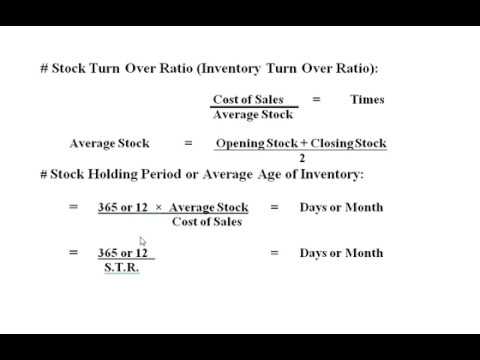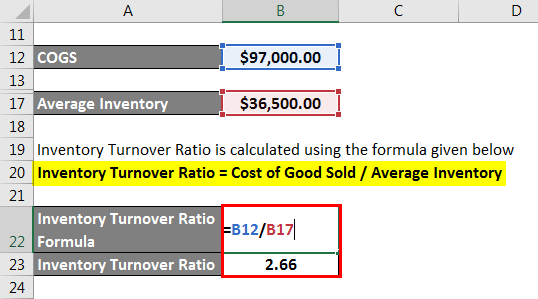


When it comes to turnover rate, there’s a huge difference in the norm depending on the industry. How Do You Compare? Employee Turnover Rates by Industryīefore you start comparing your employee turnover rate to businesses around you, it’s vital to understand that not everyone’s born equal. Employees leaving isn’t just bad for business, it’s also unsettling for those around them, and it means crucial knowledge, skills, and experience is lost. Naturally, every company wants to achieve the lowest employee turnover rate possible. While many companies look at employee turnover holistically, it’s common to drill down and compare employee turnover rates between individual departments and teams.

Most often calculated over an annual period, employee turnover rate is used as a key metric when understanding what employees think of an employer.
#Turnover rate meaning how to
How to Avoid Employee Turnover – 3 Top TipsĮmployee turnover, and the associated employee turnover rate, measures the number of employees who leave an organization in a given time period.What Does Your Employee Turnover Rate Mean?.How to Calculate Employee Turnover Rate.How Do You Compare? Employee Turnover Rates by Industry/Job Role.After we’ve looked at what they are and how to calculate them in your business, we’ll run through 3 top tips to help you keep your best staff for longer. In this article, we will arm you with all the information you need to calculate employee turnover rate. To put that pain into numbers, data shows that it costs anywhere from 33% to 200% of an employee’s salary to replace them – ouch! Great people are the lifeblood of any business, that’s why it hurts so much when they decide to leave.


 0 kommentar(er)
0 kommentar(er)
